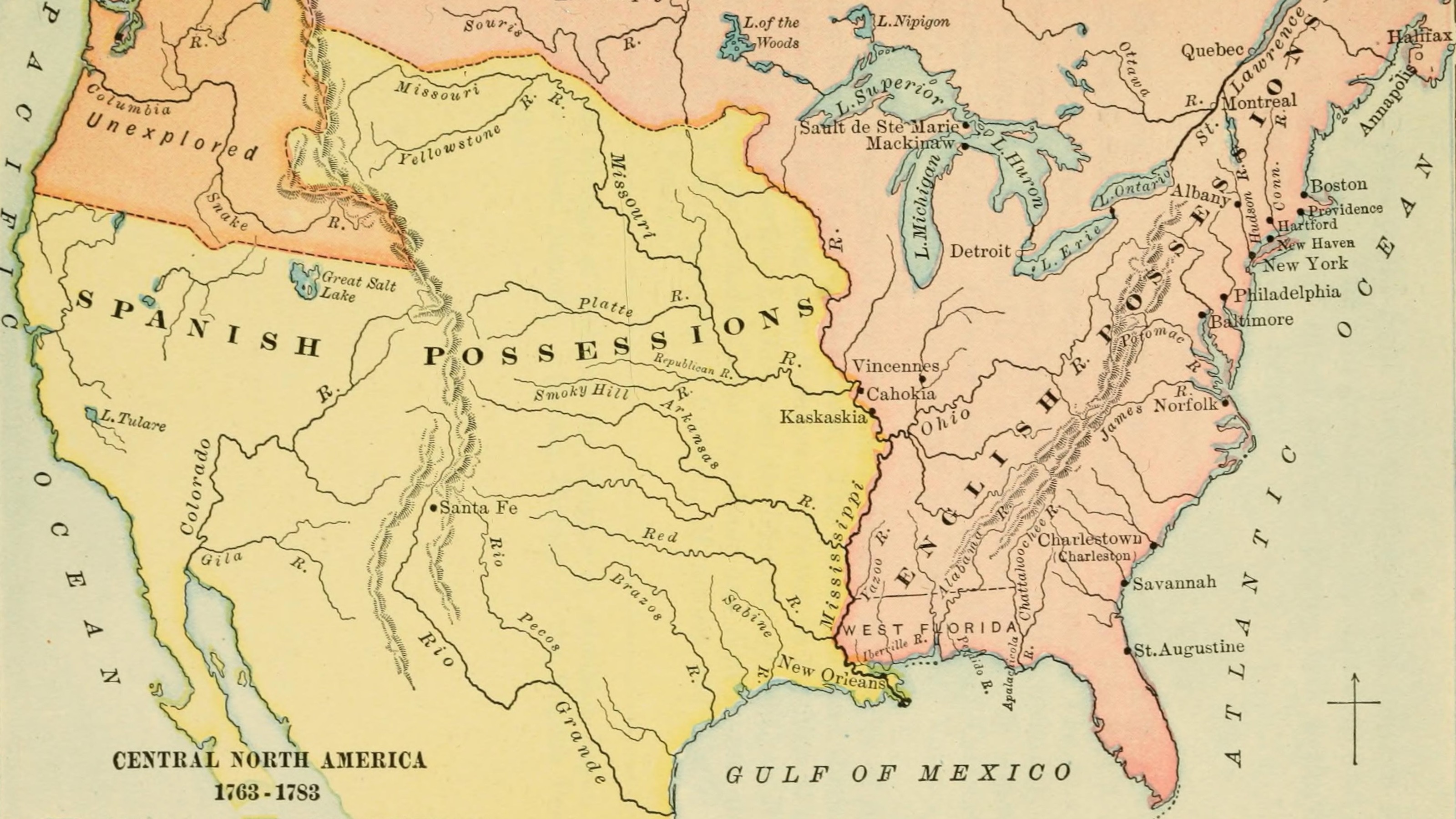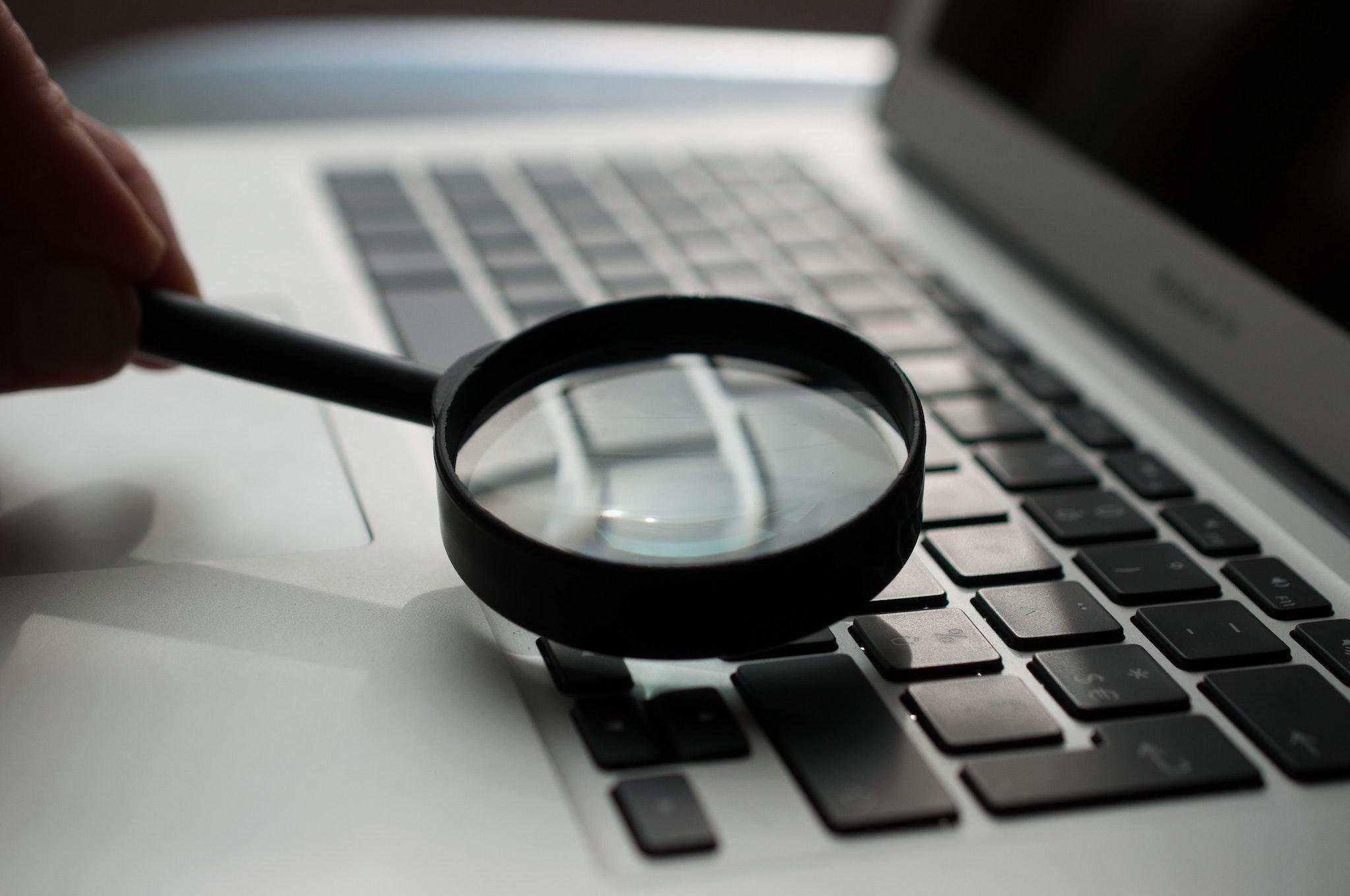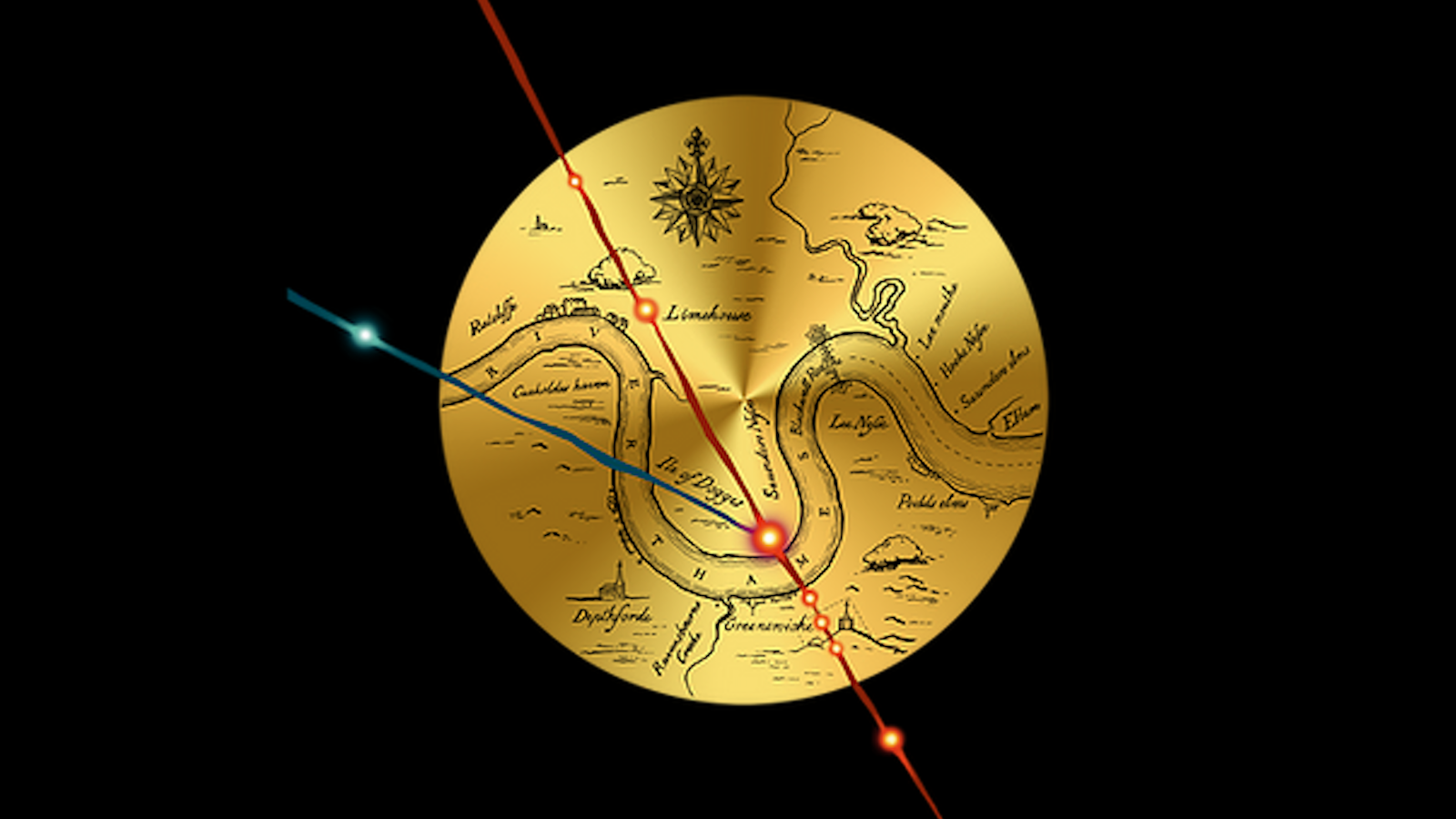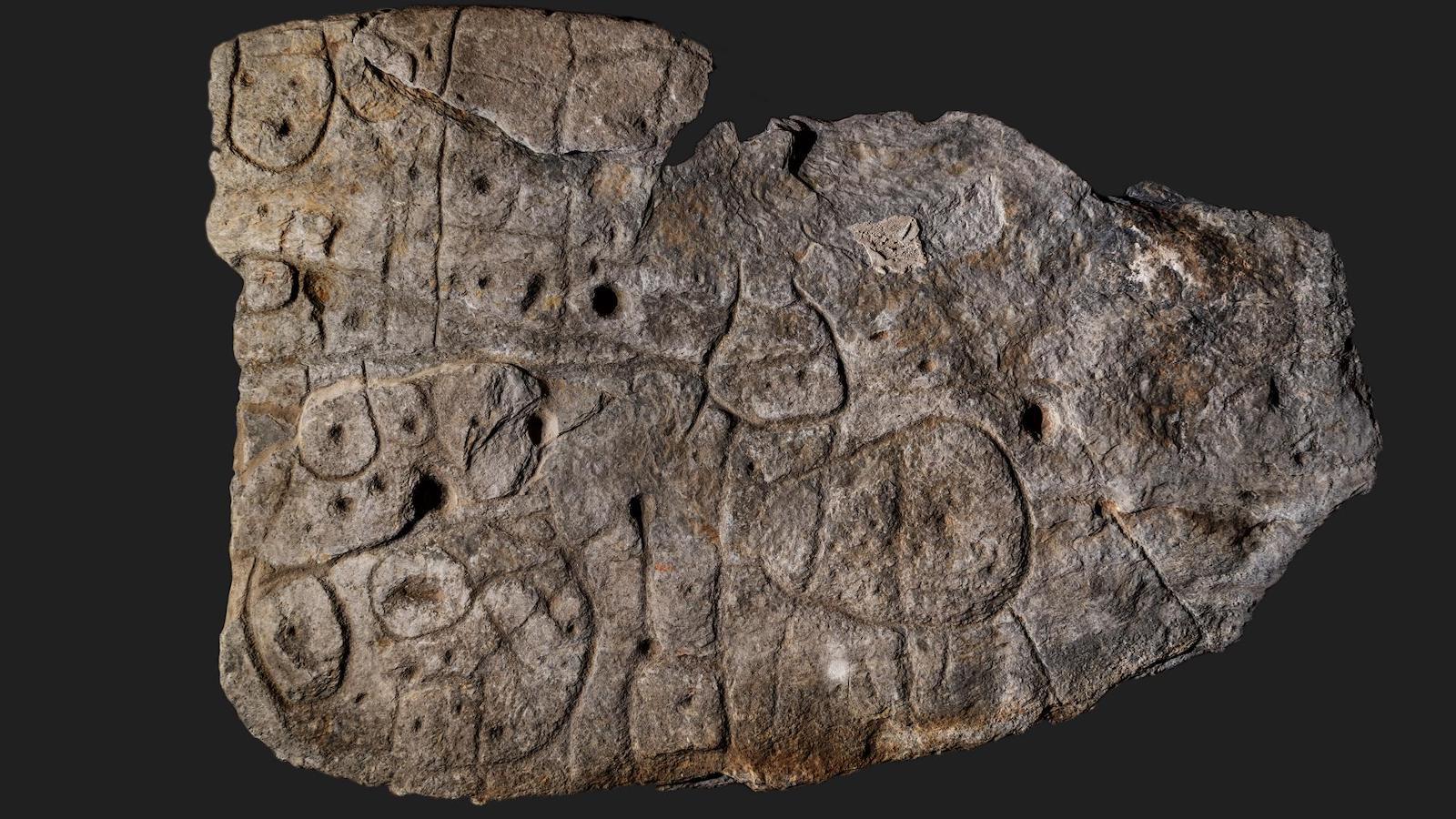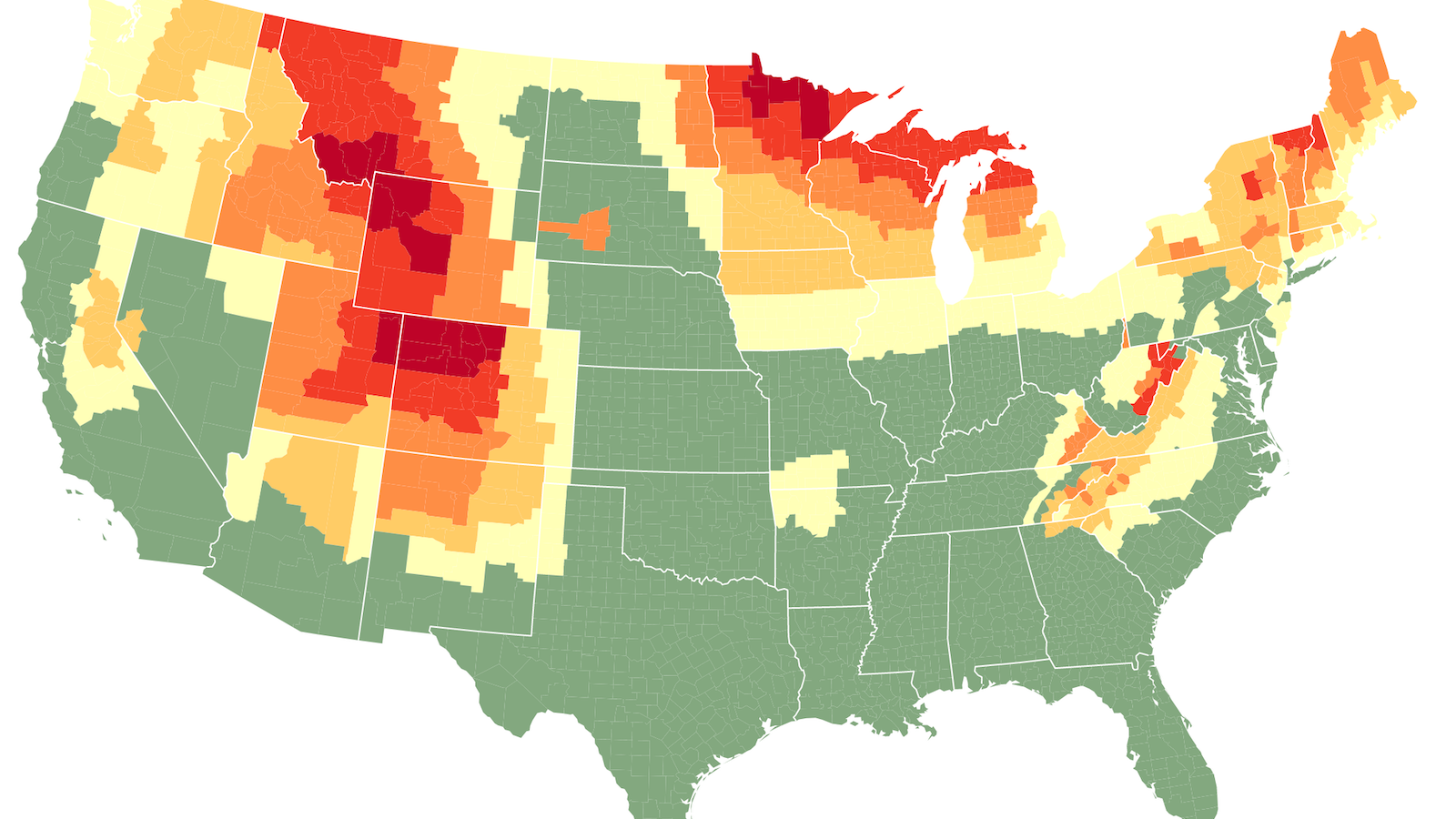Avideh Zakor is a
and recipient of the prestigious Hertz Foundation Grant for graduate study in the applications of the physical, biological and engineering sciences. From helping emergency rescue teams navigate in times of crisis, says Zakhor, to boosting our comfort with Smart Homes, the future of domestic and office tech will be built on the data blueprints of our spaces. With the support of the Fannie and John Hertz Foundation, she pursued a PhD in electrical engineering and computer science at MIT.
The Hertz Foundation mission is to provide unique financial and fellowship support to the nation’s most remarkable PhD students in the hard sciences. Hertz Fellowships are among the most prestigious in the world, and the foundation has invested over $200 million in Hertz Fellows since 1963 (present value) and supported over 1,100 brilliant and creative young scientists, who have gone on to become Nobel laureates, high-ranking military personnel, astronauts, inventors, Silicon Valley leaders, and tenured university professors. For more information, visit hertzfoundation.org.
Avideh Zakhor: I live in Berkeley and I’ve been living there for 30 years and I know all the streets and how to get to my home and my work. But I still use Google Maps because at any point in time you don’t know the amount of traffic between where you are and where you want to go, and which one of the many routes available to you has an accident or a slowdown or too many other people are going on. The value of exterior mapping is I think by now pretty well understood by the public.
Interiors you can argue less about people getting lost and traffic and stuff like that. But imagine package delivery like Amazon going to deliver our packages through drones all the way to the exterior of our building. But then you wanted the last mile of delivering those same things into different offices or apartments inside a building, and that would also require mapping. So the idea is to make the interior mapping be seamlessly integrated with exterior mapping so that you can have true end-to-end connectivity between different points.
All of us, through this amazing device we carry with ourselves, cell phones, are continuously collecting signals and images and data about our surrounding. Whether or not we know it and whether or not we like it we’re doing that unconsciously all the time. Through crowdsourcing, so if you get the aggregate of all the people who are going into all these indoor spaces you have the potential to map every indoor space. The typical cell phone has over 40 sensors. There’s accelerometers, gyroscopes, barometers, thermometers, Wi-Fi signal, Bluetooth, all kinds of RF signal gathering capability. I hate to say it but a lot of it are being tracked because to use a lot of the applications on your phone you allowed the company that sold you the phone to collect that information. And that’s almost synonymous with mapping. So those could be used in order to map the interiors.
These very same people whose crowdsourced data you used to map, you can use that same information to locate people. When there is an emergency – either an earthquake, fire or anything like that the first responders will have a lot easier time knowing where people are and knowing how to rescue people. And just having more information is always useful.
The other positive thing in terms of knowing where you are iand how many people are where and knowing the maps is this idea of smart buildings. You can control the many, many sensors and actuators that are inside the building to your liking. So suppose that I like the temperature in my office to be no warmer than 64. Just because there’s a map and because they know where I am, that I’m not in my office, there’s not going to be any cold HVAC air being pumped into it. That saves energy. And when a day that I’m not working in my office but working in the conference room across the hall from my office the same temperature preferences can be applied to that room. Localizing people enables them to be more comfortable and more in tune with the environment that they’re in. And it could result in potential energy savings inside buildings if that information is readily available.

